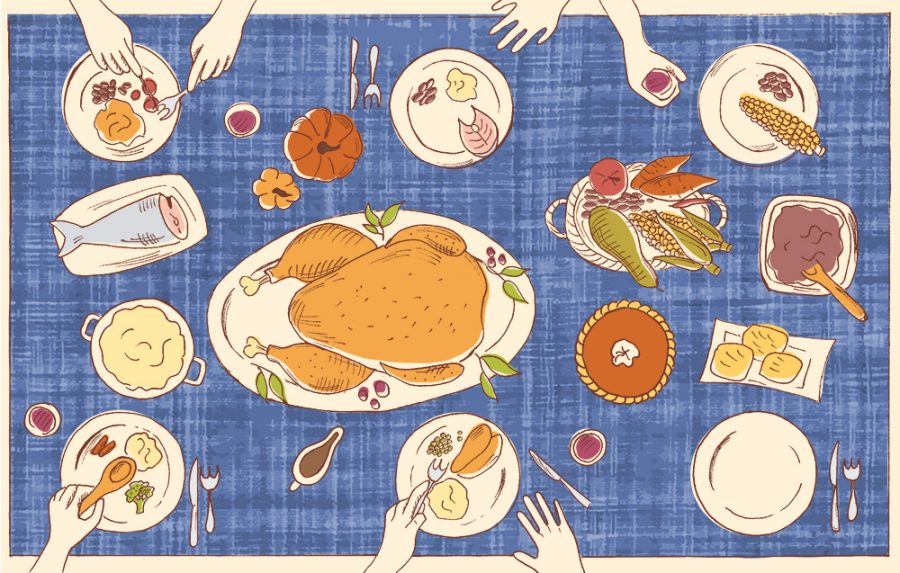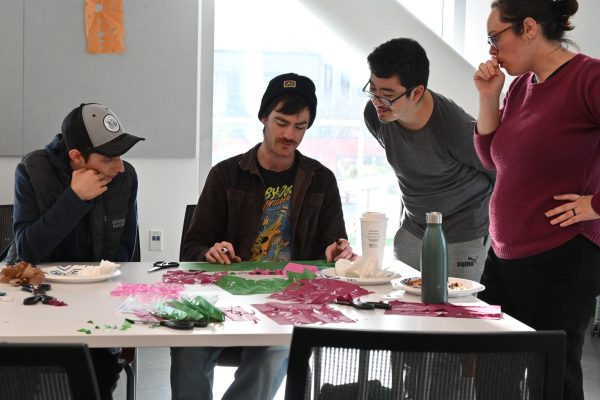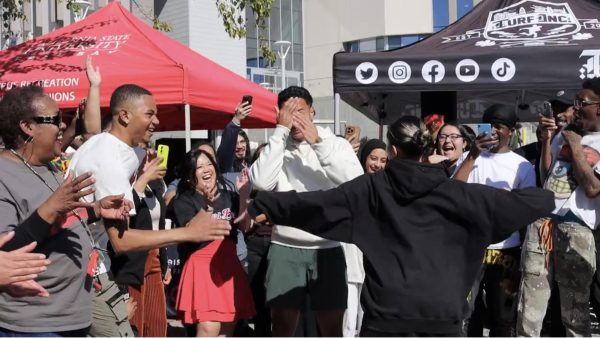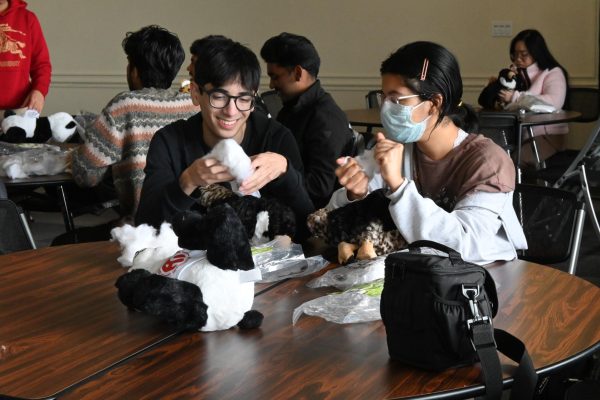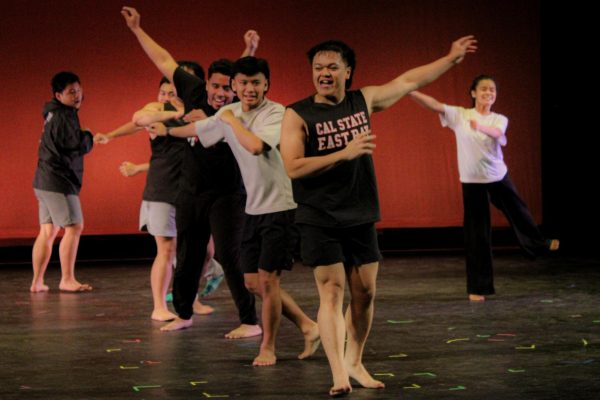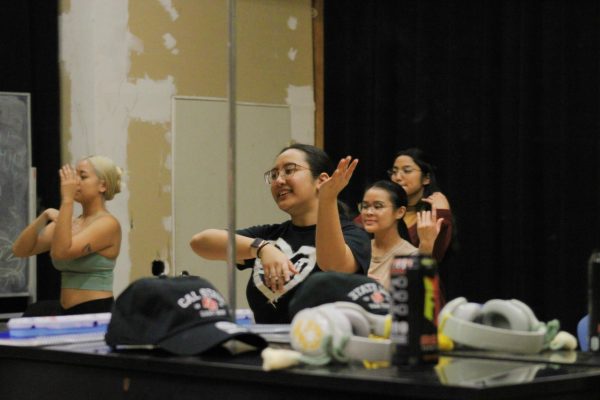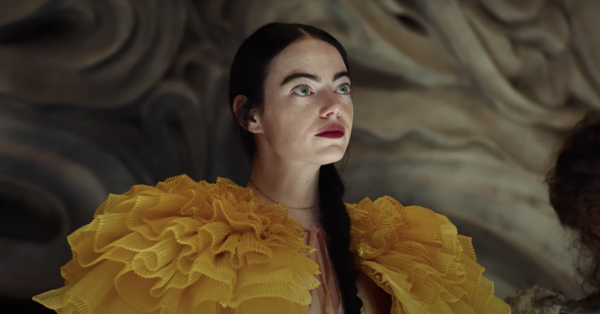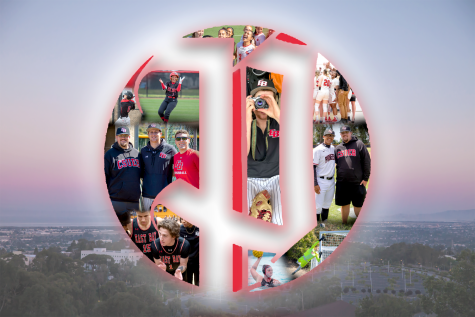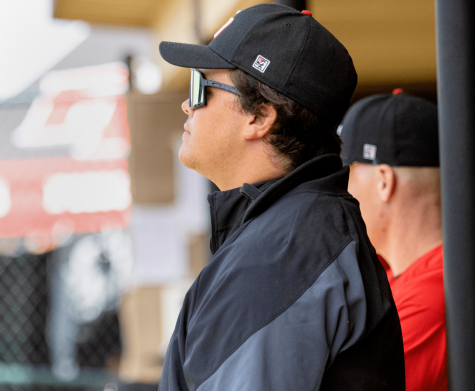Give thanks for decolonization
Last summer, Taylor Billey, a third-year student at Stanford University, spent the Fourth of July at a barbeque with her friends, but their evening wasn’t just a typical Independence Day party with fireworks and food. Billey, who is a Navajo American Indian instead had a conversation with her friends about decolonization and Thanksgiving.
“With July 4th, you celebrate the signing of the Declaration of Independence, and all of these American things, and I think instead of that we celebrated, as people of color, our very existence despite history and atrocities against different people groups,” Billey said. “Decolonizing Thanksgiving looks like honoring what, I guess, what being thankful for, but not the same way as America describes it as or portrays it as.”
Decolonization is the act of getting rid of customs and techniques from the colonial era influences and becoming self-governed.
“The story of Thanksgiving is the only source of what America has [for this holiday],” Billey said. “It’s November so its Native American Heritage Month, so a lot of schools and what this country teaches will be the story the Indians and Pilgrims.”
Billey remembers making headbands with construction paper and gluing on feathers in her childhood years around Thanksgiving, but did not see it as an issue at the time. Looking back is a different story, and the thought of being educated about her own identity in this way makes her sick. “That’s [how] I was taught who I am as a Native person,” said Billey.
From the History Books
Like many Americans, we do not grow up thinking much of the history behind Thanksgiving. For me, I knew I would be eating big portions of food and considering why I’m grateful.
In most public school history books, they tell us that in the 1620s, Squanto, a member of the Pawtuxet tribe, stumbled upon weak and malnourished Pilgrims, who traveled from Plymouth, England for hopes of finding new land.
Squanto provided the Pilgrims with shelter and guidance on how to survive by teaching them how to fish, avoid poisonous plants and harvest food correctly. He later introduced them to a tribe called the Wampanoag, so the Pilgrims could form an alliance with them. In 1621, when the Pilgrims’ corn harvest proved to be successful, they joined with Indians to experience what is known now as “The First Thanksgiving” in 1621, but back then was just a three-day feast, according to most public school history books.
Although most of this is true, the relationship between both Pilgrims and Wampanoags weren’t always harmonious. The Pilgrims ensured to Wampanoags that they are just a small group of people who wouldn’t take much of their land. The trusting Wampanoags allowed them alliance with their space and took care of them.
The cooperation and civility between the two ended shortly and became conflict and war that lasted 200 years.
After the Pilgrims arrived, the Natives lost communities, access to foods, indigenous knowledge and culture due to war, diseases and genocide brought by the Pilgrims.
Cal State East Bay American Indian Studies professor, Enrique Salmon, says the reason that this narrative isn’t mentioned often is because it doesn’t go with the “America is Great” belief in our country.
Changing the narrative
“If we were to change the whole narrative of Thanksgiving, like how Europeans showed up here and initiated this mass genocide, everything would change,” said Salmon.
Salmon is American Indian of the Ramara tribe. When he moved to the United States from Chihuahua, Mexico in elementary school, he believed the sugar-coated narrative made no sense. “It didn’t have any meaning for me,” he said. I wasn’t connected to it.”
When he attended college, he started to study it more and wanted to change the narrative himself.
Many see Thanksgiving as a time to gather with our loved ones and celebrate gratitude. But I think it’s time we start questioning why textbooks don’t often cover the whole narrative. I’m not saying that we shouldn’t celebrate Thanksgiving at all, but there are multiple ways to decolonize on that day.
One of the best things about decolonizing on this day is that you can re-purpose your vision of Thanksgiving without completely forgetting the genocide of Native Americans, but to revamp your own version of why you celebrate the holiday.
One of the ways to decolonize is by the food you eat. Salmon suggest that you trace back to your origins from 500 years ago, and cook what your ancestors ate.
“They’re healthier, they have more nutrients, better source of fiber and that’s physically speaking. Mentally speaking, it helps reaffirm your identity,” Salmon said.
Another way people decolonize is by attending ceremonies on Thanksgiving, dedicated to honoring and acknowledging indigenous people of the past, one example is called the Indigenous People Sunrise located at Alcatraz Island the site of the former prison in San Francisco.
Acknowledging the whole narrative and taking part of decolonizing is a way to honor your culture and display more gratitude of people and this day.


